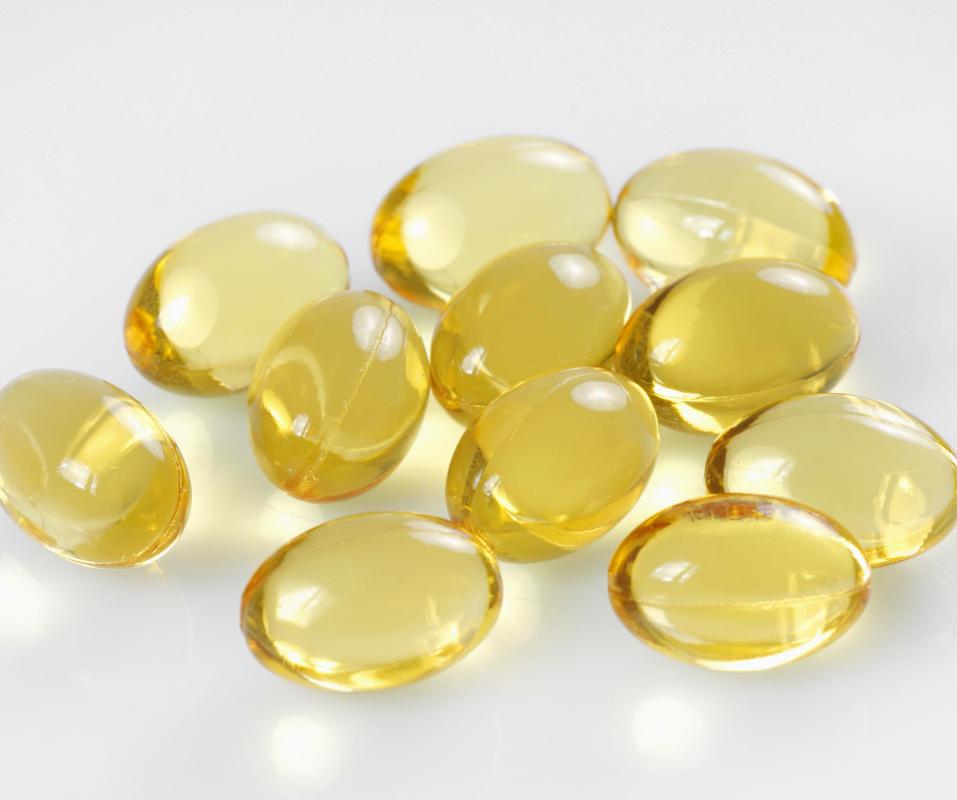At WiseGEEK, we're committed to delivering accurate, trustworthy information. Our expert-authored content is rigorously fact-checked and sourced from credible authorities. Discover how we uphold the highest standards in providing you with reliable knowledge.
What are the Typical Vitamin D Requirements?
Human beings can convert the ultraviolet-B rays found in sunshine into vitamin B in their bodies. In order to get the required vitamin D, experts suggest staying in the sunlight for 10 to 15 minutes three times per week. Since many foods do not contain vitamin D, foods such as cereals and milk are fortified with vitamin D so that a person who eats a varied, well-balanced diet should also be able to fulfill vitamin D requirements. The United States Institute of Medicine of the National Academy of Sciences recommends varying amounts of vitamin D, depending on one's age. For example, adults between the ages of 18 and 49 should take 5 micrograms (200 IU) daily, while those between 50 and 70 should consume 10 micrograms (400 IU) every day.
The human body naturally converts the ultraviolet-B rays in sunshine to vitamin D when sunshine comes into contact with skin. This results in the formation of vitamin D-3. Plants also produce a form of vitamin D, vitamin D-2. Fortified foods might include either type of vitamin D, as the human body needs both in order to function properly.

Some people prefer to get their vitamin D from food sources to minimize the risk of developing skin cancers. Foods that naturally include vitamin D include egg yolks, salmon, mackerel, tuna, and cod liver oil. Vitamin-D fortified foods can include cereals, milk, and juices.
This vitamin has important functions that contribute to the health of human beings, including assisting the body in absorbing calcium. In addition, vitamin D helps regulate the amount of phosphorous in the blood stream. Vitamin D consumption may also help prevent high blood pressure. All of this leads to healthier bones and may lead to a healthier heart.

Vitamins are either water soluble or fat soluble. Water-soluble vitamins do not accumulate in the body. Fat-soluble vitamins, such as vitamin D, can be stored. This means that it is possible to consume too much vitamin D by exceeding vitamin D requirements. This typically happens when a person takes too many vitamin D supplements.
When an individual has too much vitamin D in his system, calcium builds up in the blood stream. Symptoms of vitamin D toxicity include nausea, confusion, and vomiting. Treatments include decreasing the amount of calcium consumed and quitting the consumption of vitamin D supplements.
AS FEATURED ON:
AS FEATURED ON:













Discuss this Article
Post your comments